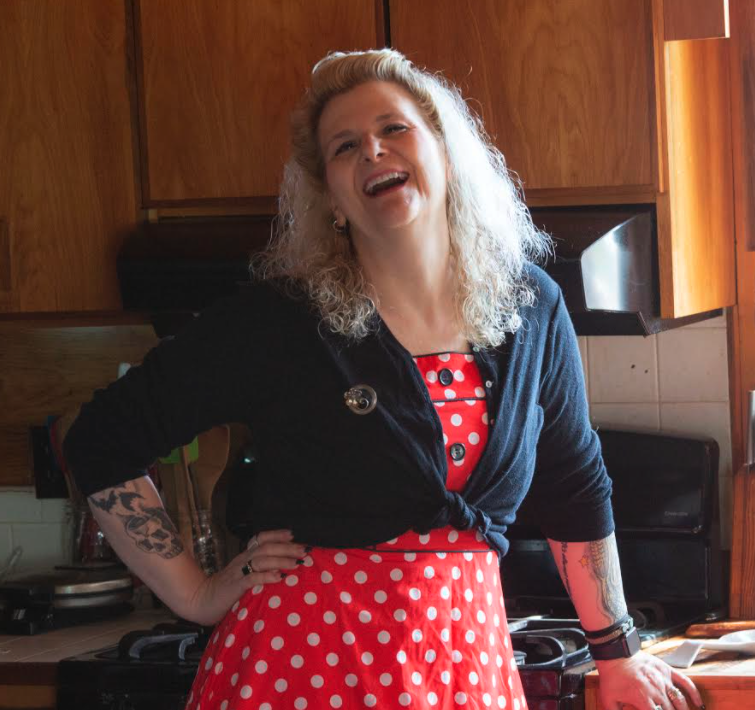Butterfly pea (Clitoria ternatea), a plant as enchanting as its namesake, carries a plethora of surprises within its vivid blue petals. This tropical vine, belonging to the Fabaceae family, is not only cherished for its striking appearance but also for its multifaceted use in culinary, medicinal, and cosmetic applications. The flower has carved a niche for itself across various cultures, particularly in Southeast Asia, where it’s revered not just for its beauty but for its ability to transform food and beverages with its natural blue hue.
Culinary Magic with Butterfly Pea
In the culinary world, butterfly pea flower is celebrated for its ability to create visually stunning dishes and drinks. The petals contain anthocyanins, natural antioxidants that react to changes in pH. This means that adding lemon juice or any acidic component to a butterfly pea-infused concoction will change its color from deep blue to vibrant purple, much to the delight of chefs and mixologists.
Butterfly pea tea is perhaps the most popular beverage made from this flower. It’s prepared by steeping the dried flowers in hot water, resulting in a mesmerizing blue infusion that not only looks spectacular but also offers a mild, earthy flavor. This tea can serve as the base for a variety of drinks, from lemonades to cocktails, each benefiting from the flower’s natural coloring and health properties.
Medicinal Benefits
Traditionally, the butterfly pea has been used in Ayurvedic medicine to enhance memory, reduce stress, and calm the mind. Its nootropic properties are attributed to the presence of compounds such as flavonoids and peptides, which have been suggested to support brain health. Moreover, its antioxidant qualities make it a valuable ally in combating oxidative stress and inflammation, contributing to overall wellness.
Aesthetic and Cosmetic Use
Butterfly pea’s rich blue pigment is not only safe but beneficial for use in natural cosmetics. It’s been incorporated into shampoos, conditioners, and skincare products to leverage its antioxidant properties. Additionally, its ability to improve hair health and skin vitality has made it a sought-after ingredient in the natural beauty industry.
Cultivation and Sustainability
Growing butterfly pea is a commitment to sustainability. This hardy vine thrives in tropical climates and can be grown as an annual in temperate zones. It requires minimal care, making it an excellent choice for organic and sustainable gardening practices. By encouraging the cultivation of butterfly pea, gardeners contribute to biodiversity and the promotion of plant-based, natural products.
Butterfly Pea Lemonade Recipe
One delightful way to enjoy the magic of butterfly pea is through a refreshing Butterfly Pea Lemonade. Here’s a simple recipe to create this visually stunning drink:
- Ingredients:
- 1/4 cup dried butterfly pea flowers
- 4 cups water
- 1/2 cup sugar (adjust to taste)
- 3/4 cup fresh lemon juice
- Ice cubes
- Lemon slices and mint leaves for garnish
- Instructions:
- Infuse the Tea: Boil the water and pour it over the butterfly pea flowers. Allow the mixture to steep for about 10 minutes, then strain to remove the flowers. You’ll be left with a deep blue liquid.
- Sweeten: While the tea is still warm, dissolve the sugar in it. Adjust the sweetness according to your preference. (I use a stevia glycerite to sweeten mine)
- Add Lemon Juice: Once the tea has cooled, add the lemon juice. Watch as the color transforms from blue to purple.
- Serve: Pour the lemonade over ice cubes in glasses. Garnish with lemon slices and mint leaves for an extra touch of freshness.
This Butterfly Pea Lemonade not only offers a feast for the eyes but also brings a burst of antioxidants to your table, making it a perfect blend of beauty, health, and flavor.
My personal experience with Butterfly Pea
I am attempting to grow this lovely herb in my garden with a little success. I started it in the greenhouse and transplanted it into my raised bed where I traditionally grew peas for the kids to forage while they played outside.
We had a tremendously wet, cold summer. We never had more than two days at a time with sun, the rest of the days were actually cold and raining. My sweet little Butterfly Peas grew about 18 inches tall and never bloomed.
I am going to grow them again this year, as gardeners have to be filled with hope or we wouldn’t love what we do, right? LOL



